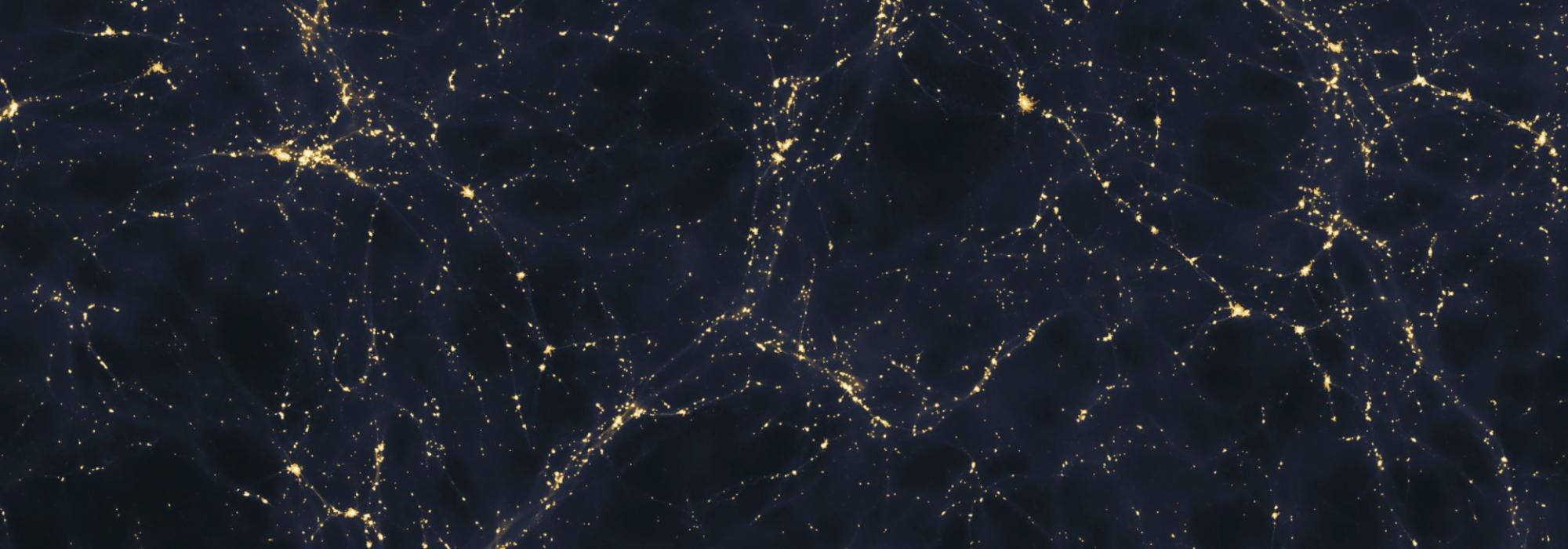11
ऋत means 'as is,' सत्य also means 'as is.' As is comprehending the fact or object in its true form. To convey the same meaning why is there usage of two words ऋत and सत्य? Here the two of them serve different purposes. ऋत is the internal sprout of thought without the compulsion or urge by others. This means inner radiance, inner vision. This is true and natural. But this alone won't suffice for a man's conduct. This needs confirmation at many instances. In case of action or object in the external world, its understanding does not occur inside us; there, knowledge of the external world, perception of it through our sense organs or knowing it through others opinions would be required. Thus, the cognizance earned from external world is truth (सत्य ).
Inner light and External light are both evidences for the truth. Only when one supports the other we will be able to act without an iota of doubt or suspicion. Thus ऋत is the internal perception and सत्य is the external fact. Both are important for our appropriate conduct.
If one has to perform any task in the right manner and be successful in accomplishing it, he needs to have complete faith or belief in that subject. That work is essential. There should be belief that there is benefit from that work. Such a faith is devotion. As it is very important the great saints have given the place of head (तस्य श्रद्दैव शिर:). When the head is there, it needs shoulders to rest on.
The internal perception and external comprehension are the right and left shoulders. The internal light is ऋत and right side: it gets confirmed and strengthened by our external comprehension which is the truth and left side.
When the two shoulders unite the achievement of truth is undoubted. Faith rests on such a two sided truth and through which the human life becomes meaningful.
12
The claim of the Vedas is that the creator of universe we are aware of and we have been able to visualize is only one. That supreme creator has been recognized as 'Brahma' by the Vedas. Brahma means that is magnanimous or large and huge among the things we have known. We will use Brahma in that context. Brahma is only energy or knowledge power.
The energy source of the universal Brahma, before the creation of this universe was one. When was the pre-creation period of the universe? When did the universe get created? There is no definitive answer to this. The universe has been always there, the beginning of it is only an imagination of human mind. To narrate a story having a time, origin is the necessity and convenience for a story teller. The objects that we see, all have beginning, in-between phase and the end. Thus beginning, middle, and end is the practice inculcated by us from this world. Therefore, we believe that is applicable for the universe and apply that imagination to it. In reality there is no calendared time for it. From the time we imagine let us assume that Brahma was alone and all by itself. Then that energy got a thought: "I have so much of energy with me, what is the use of this? What happiness do I derive from loneliness? If there are two then there is fear of opposition. What should I do then? There should be two but there should be friendship between them. Then it is appropriate." Thinking thus Brahma created the universe. The universe was created with such a primary purpose. In the beginning, the one manifested into ten, ten into hundred, hundred into thousand, thousand into ten thousand, and all of them behaving as the organs of same entity. This was the philosophical thought in the organization of universe, many from one, one from many. Dharma has to be conducive to this. This philosophy of dharma is constructed by the system of world in one to many and many to one form.
To be continued…
This is an English translation of a Kannada monograph by D. V. Gundappa titled ‘ಋತ, ಸತ್ಯ, ಧರ್ಮ.’ Edited by Hari Ravikumar.
















































